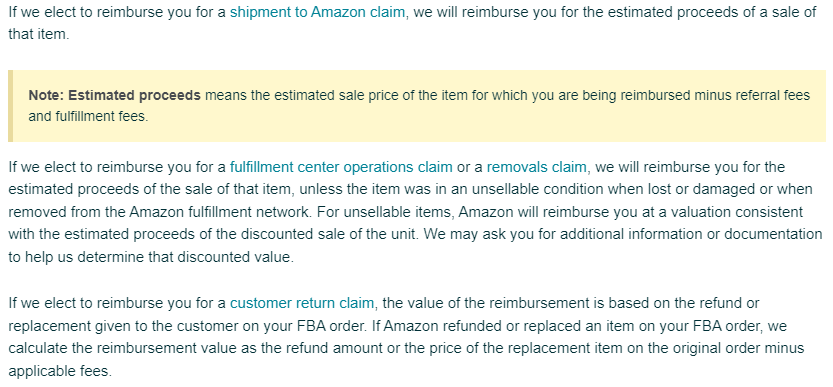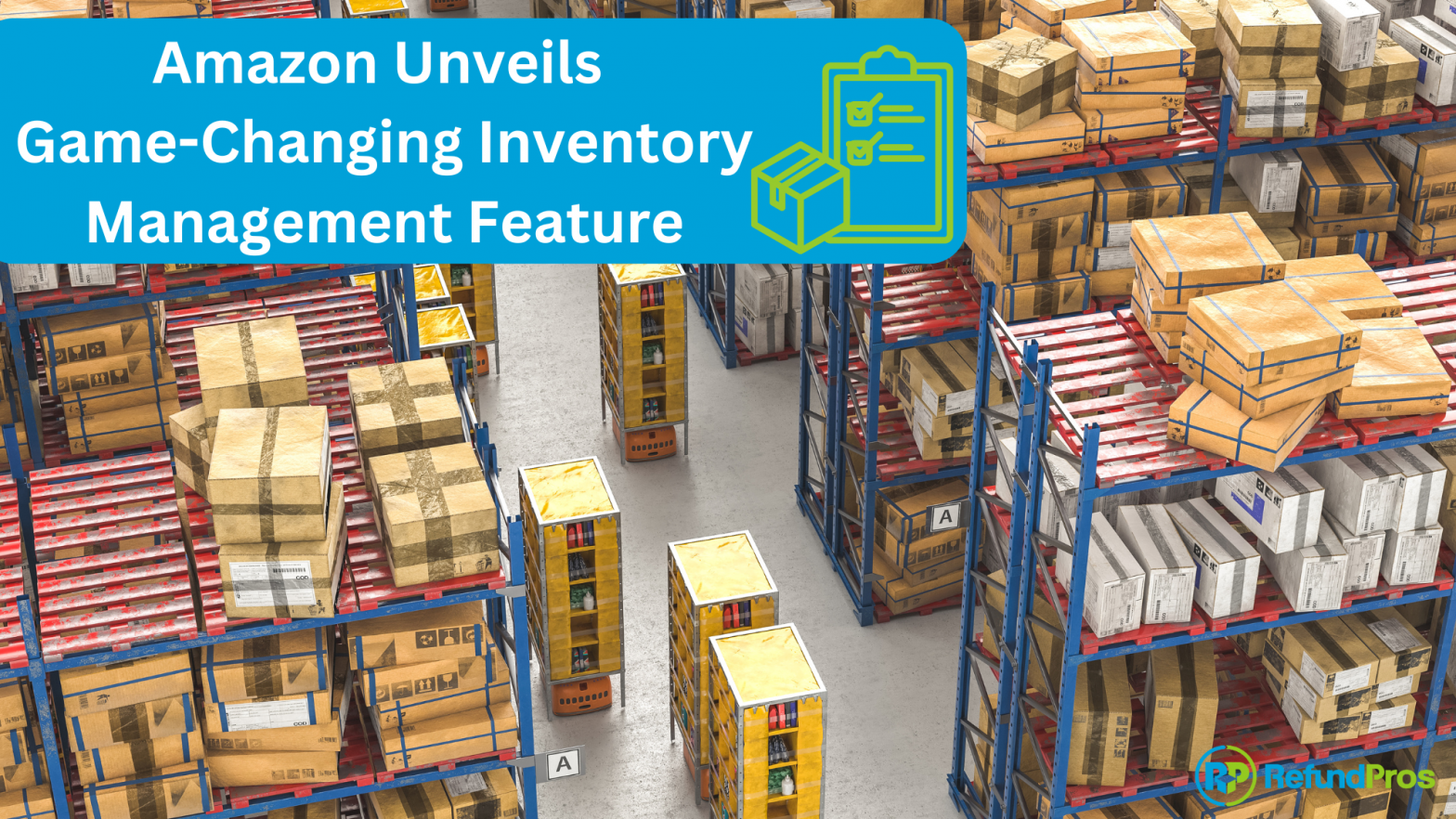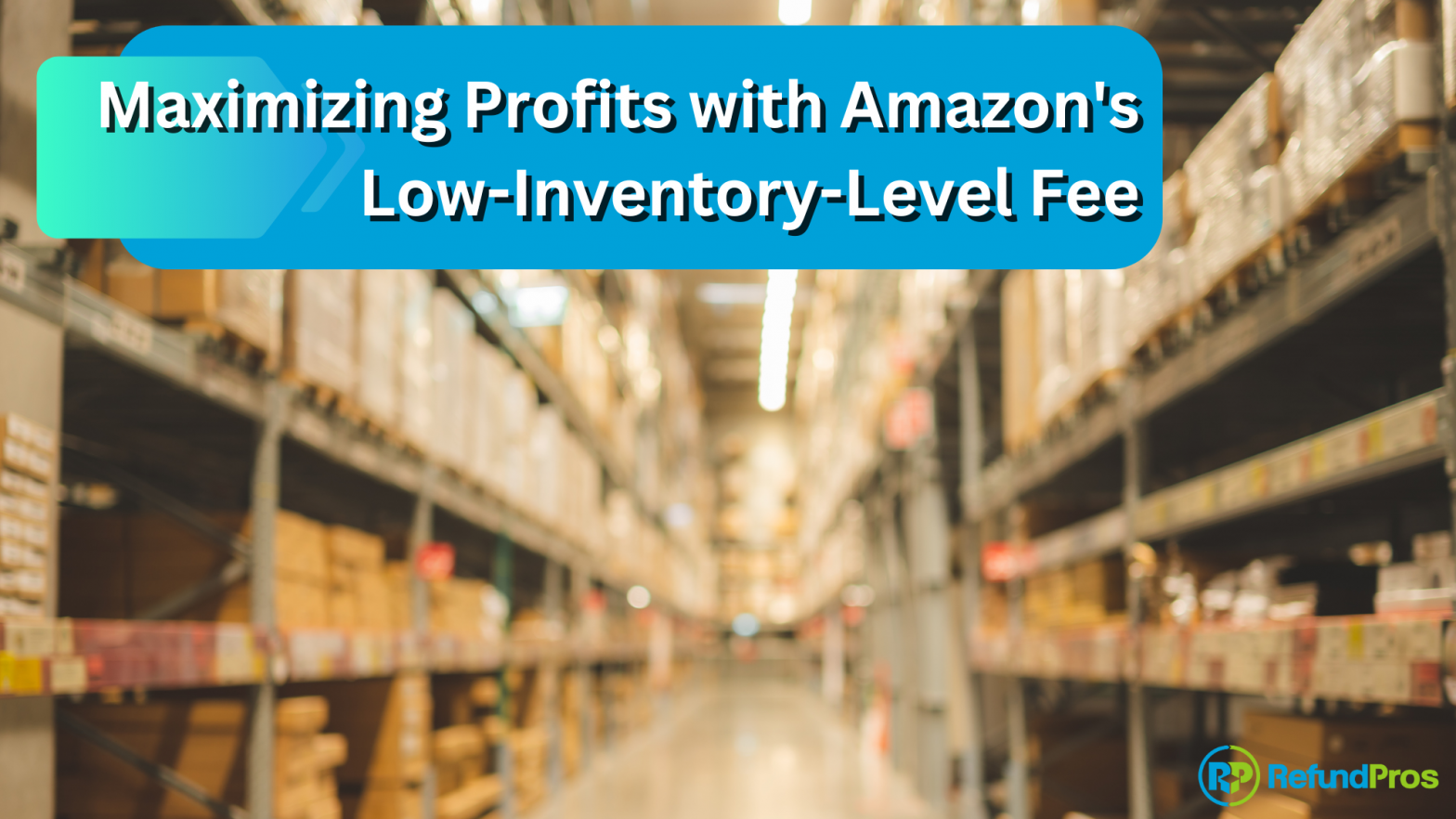Amazon’s Fulfillment by Amazon (FBA) program stands as a beacon of convenience and efficiency for sellers. By entrusting the storage, packaging, and shipping of their products to Amazon’s vast network of fulfillment centers, sellers can focus on growing their businesses while Amazon handles the logistics. However, amid the convenience lies a crucial aspect that every FBA seller must understand: the FBA inventory reimbursement policy.
At the heart of this policy is the promise that Amazon will reimburse sellers for lost or damaged inventory stored in its fulfillment centers.
However, understanding the eligibility criteria and reimbursement guidelines is essential for sellers to navigate this aspect of their business effectively.
Eligibility Criteria:
Amazon’s FBA inventory reimbursement policy outlines specific criteria that determine whether sellers are eligible for reimbursement. Knowing this policy will save sellers lot’s of headaches, so take some time to familiarized with it:
Policy: https://sellercentral.amazon.ca/help/hub/reference/G200213130
Seller Central Help >> Policies, agreements, and guidelines >> Program Policies >> FBA inventory reimbursement policy

Some of the key factors include:
- Condition of Inventory: For inventory that was in sellable condition when it was lost or damaged, sellers are generally eligible for reimbursement. However, if the item was already unsellable due to factors such as expiration, damage, or defects, sellers may not be reimbursed.
- Removal from Fulfillment Centers: If Amazon removes inventory from its fulfillment centers due to long-term storage fees, seller requests, or other reasons, reimbursement eligibility may vary. Generally, if the item was in a sellable condition at the time of removal, sellers can expect reimbursement based on the estimated proceeds of the sale.
- Lost or Damaged Inventory: In cases where inventory is lost or damaged while in Amazon’s possession, sellers are typically eligible for reimbursement. However, the reimbursement amount may be based on factors such as the item’s selling price and historical sales data.
Reimbursement Guidelines:
Amazon’s reimbursement process follows specific guidelines to ensure fairness and consistency. Some key points to note include:
- Estimated Proceeds of Sale: Amazon typically reimburses sellers for the estimated proceeds of the sale of lost or damaged inventory. This amount is calculated based on factors such as the item’s selling price, fees, and other relevant data.
- Unsellable Inventory: If inventory was in an unsellable condition when it was lost, damaged, or removed from Amazon’s fulfillment network, sellers may not be eligible for reimbursement. Examples of unsellable inventory include expired products, items with significant damage, or those that do not meet Amazon’s quality standards.
- Appeals Process: In cases where sellers believe they are entitled to reimbursement but have not received it, Amazon provides an appeals process. Sellers can submit supporting documentation and evidence to request a review of their case.
- Transparency and Communication: Amazon aims to provide transparency regarding the reimbursement process, including updates on the status of reimbursement requests. Sellers can access detailed reports and metrics through their seller accounts to track inventory and reimbursement activity.
Navigating the Policy:
For sellers operating within the FBA ecosystem, understanding and navigating Amazon’s inventory reimbursement policy is essential. Here are some tips for effectively managing this aspect of your business:
- Maintain Accurate Inventory Records: Keep detailed records of your inventory, including SKU numbers, quantities, and condition. This information will be invaluable when submitting reimbursement requests or appealing decisions.
- Monitor Inventory Performance: Regularly review inventory performance metrics to identify any discrepancies or issues that may affect reimbursement eligibility. Addressing issues promptly can help mitigate losses and optimize profitability.
- Communicate with Amazon: If you have questions or concerns about reimbursement eligibility or the status of a reimbursement request, don’t hesitate to reach out to Amazon’s seller support team. Clear communication can help resolve issues more efficiently.
- Stay Informed: Keep abreast of updates and changes to Amazon’s policies and guidelines regarding FBA inventory reimbursement. Subscribe to seller newsletters, forums, or other channels where Amazon communicates important information to sellers.
Amazon’s FBA inventory reimbursement policy plays a crucial role in ensuring fairness and accountability within the e-commerce ecosystem.
By understanding the eligibility criteria, reimbursement guidelines, and navigating the policy effectively, sellers can minimize losses, optimize profitability, and focus on growing their businesses with confidence within the FBA program.






